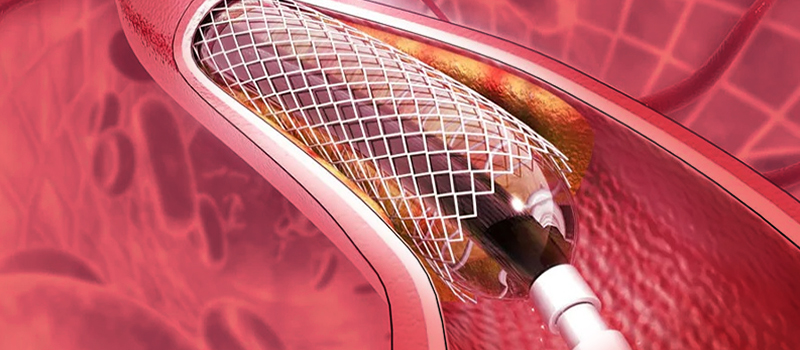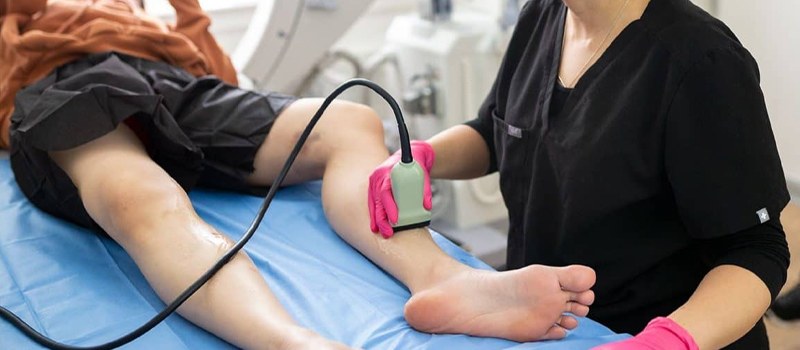Vascular health is key to overall well-being, more so in the health of the legs. Inadequate vascular health resulting in leg pain is likely to influence daily activities and the quality of life as a whole. Recognizing the symptoms of poor vascular health, whether pain or claudication, is critical for early intervention.

Treatment options range from lifestyle adjustments to surgical interventions like angioplasty and bypass surgery, with a very high success rate. Let’s take a closer look at how vascular health relates to leg pain and the symptoms, treatments, and prognosis.
Symptoms of Poor Vascular Health
Poor vascular health often manifests through specific symptoms in the legs. Intermittent Claudication is one of them, which is pain during exercise or walking. In a recent study, researchers discovered that about 20% of people over 70 have intermittent claudication. Other signs include swelling, heaviness, and cramping in the legs during nights.

Another important symptom is chronic venous insufficiency, in which the veins swell and skin changes in the lower limbs. Indeed, according to a recent study, CVI affects about 6-7% of adults. Unless the symptoms are attended to, they might worsen over time, resulting in more serious complications such as ulcers and infections.
Vascular leg pain treatments
Treatment for vascular leg pain includes both lifestyle changes and medical interventions. Lifestyle modifications that the patient must address include regular exercise, a healthy diet, and abstaining from smoking. These steps can improve blood flow to extremities and reduce resulting pains; however, severe cases require medical treatment.
One of the common surgical treatments involves angioplasty, which applies a balloon to inflate the narrowed or blocked blood vessels. The other is bypass surgery, where an alternative route for the blood flow will be established around some blocked artery. Endovenous laser treatment of varicose veins is also quite effective, with a 94% success rate noted in several clinical studies.
Outlook for Patients
The prognosis for vascular leg pain depends greatly on the condition and the treatment option the patient selects. With early intervention and changes in lifestyle, the management and prevention of progression should be positive. In patients who undergo surgical treatments, the outcome is, in most cases, positive.
The Society for Vascular Surgery even states that most patients can look forward to a significant decrease in pain and increase in mobility after the surgery.

However, the sustainability of the success is often determined by how closely one adheres to lifestyle changes and follow-up care. Regular appointments and follow-up care are very important to gain optimum benefit from the treatment and manage potential complications. The best patient outcome results from a comprehensive approach that combines medical treatment with good habits.
Choosing the Appropriate Medical Specialist
Washington Vascular Specialists offer extensive treatment services for different vascular disorders. Our team comprises experienced healthcare professionals who perform patient-oriented surgical procedures and implement care plans that speed up recovery.

Conclusion
Vascular health issues can lead to leg pain and other related complications that impact mobility and quality of life. With early identification of symptoms and personalized treatment and care, the outlook for most patients is positive.
At Washington Vascular Specialists, we believe in providing unsurpassed levels of care and the most advanced treatment options for vascular health problems. Contact us to set an appointment.



